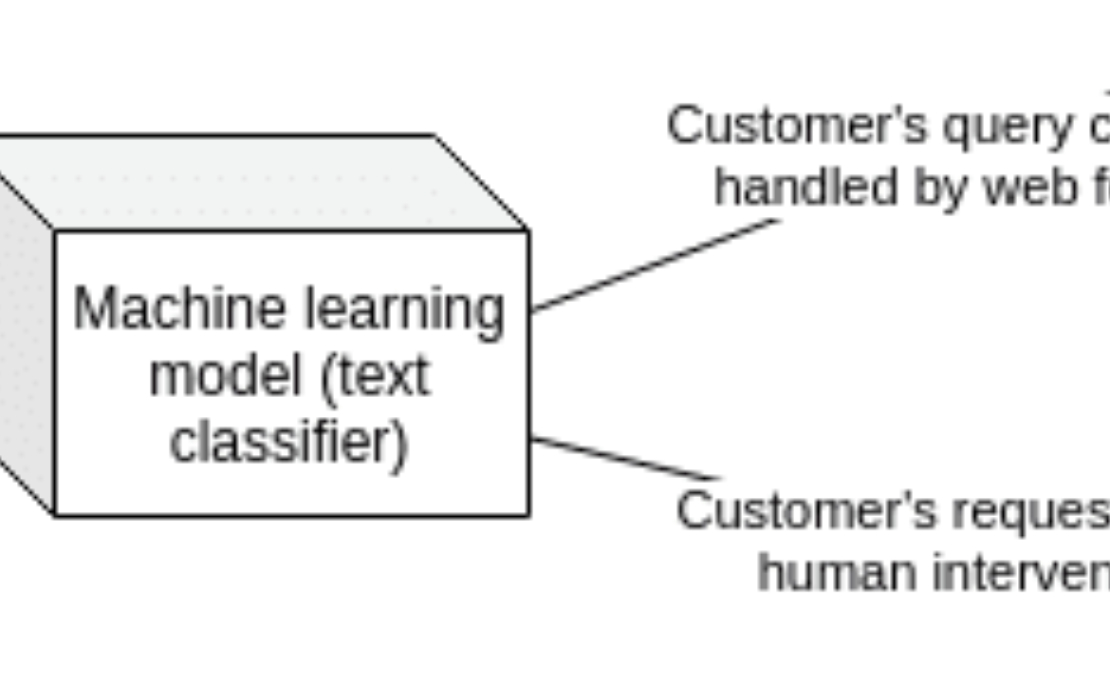Apr 06, 2023
No image

Completed
Information Commissioner's Office Email classification
$10,000+
2-3 months
United Kingdom, London
1
Service categories
Service Lines
Artificial Intelligence
Big Data
Domain focus
Government
Other
Programming language
Python
Frameworks
TensorFlow
Torch/PyTorch
Subcategories
Artificial Intelligence
Deep Learning
Big Data
Predictive Analytics
Text Analytics
Challenge
The Information Commissioner’s Office (ICO) is the public body which is responsible for regulating data protection in the UK. The ICO receives a large volume of emails from customers, which could be large multinationals or small freelancers. The ICO had a need for a machine learning model to categorise the emails for their internal processes.
This project was challenging in particular because the machine learning model had to be trained on sensitive data, which could not be stored or duplicated. For this reason we had to handle all training data with the utmost care and make sure that it was used only for training the model, was not saved, and did not leave the isolated training environment. You can read more here: https://fastdatascience.com/sensitive-data-machine-learning-model/
The Information Commissioner’s Office (ICO) is the public body which is responsible for regulating data protection in the UK. The ICO receives a large volume of emails from customers, which could be large multinationals or small freelancers. The ICO had a need for a machine learning model to categorise the emails for their internal processes.
This project was challenging in particular because the machine learning model had to be trained on sensitive data, which could not be stored or duplicated. For this reason we had to handle all training data with the utmost care and make sure that it was used only for training the model, was not saved, and did not leave the isolated training environment. You can read more here: https://fastdatascience.com/sensitive-data-machine-learning-model/
Solution
We used the no-code platform Microsoft Azure ML to train a machine learning model which categorises incoming emails to a number of categories such as change of address, request for a VAT invoice, and so on.
We used the no-code platform Microsoft Azure ML to train a machine learning model which categorises incoming emails to a number of categories such as change of address, request for a VAT invoice, and so on.
Results
Our model allowed the ICO to handle incoming customer requests more efficiently, enabling advanced analytics, triage, and better customer service. The system was deployed on their internal tech stack, allowing the organisation to maintain the confidentiality of customer data.
Our model allowed the ICO to handle incoming customer requests more efficiently, enabling advanced analytics, triage, and better customer service. The system was deployed on their internal tech stack, allowing the organisation to maintain the confidentiality of customer data.
